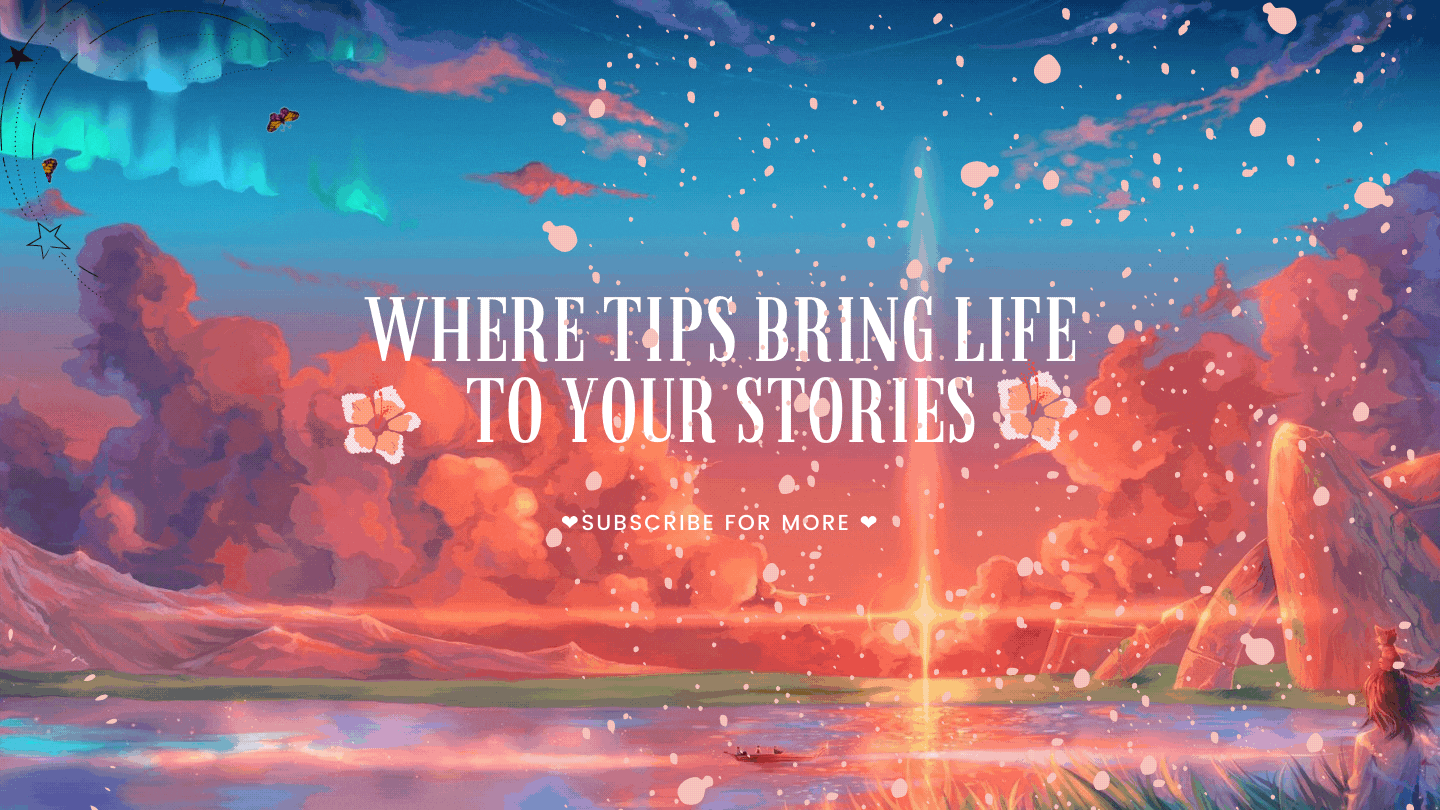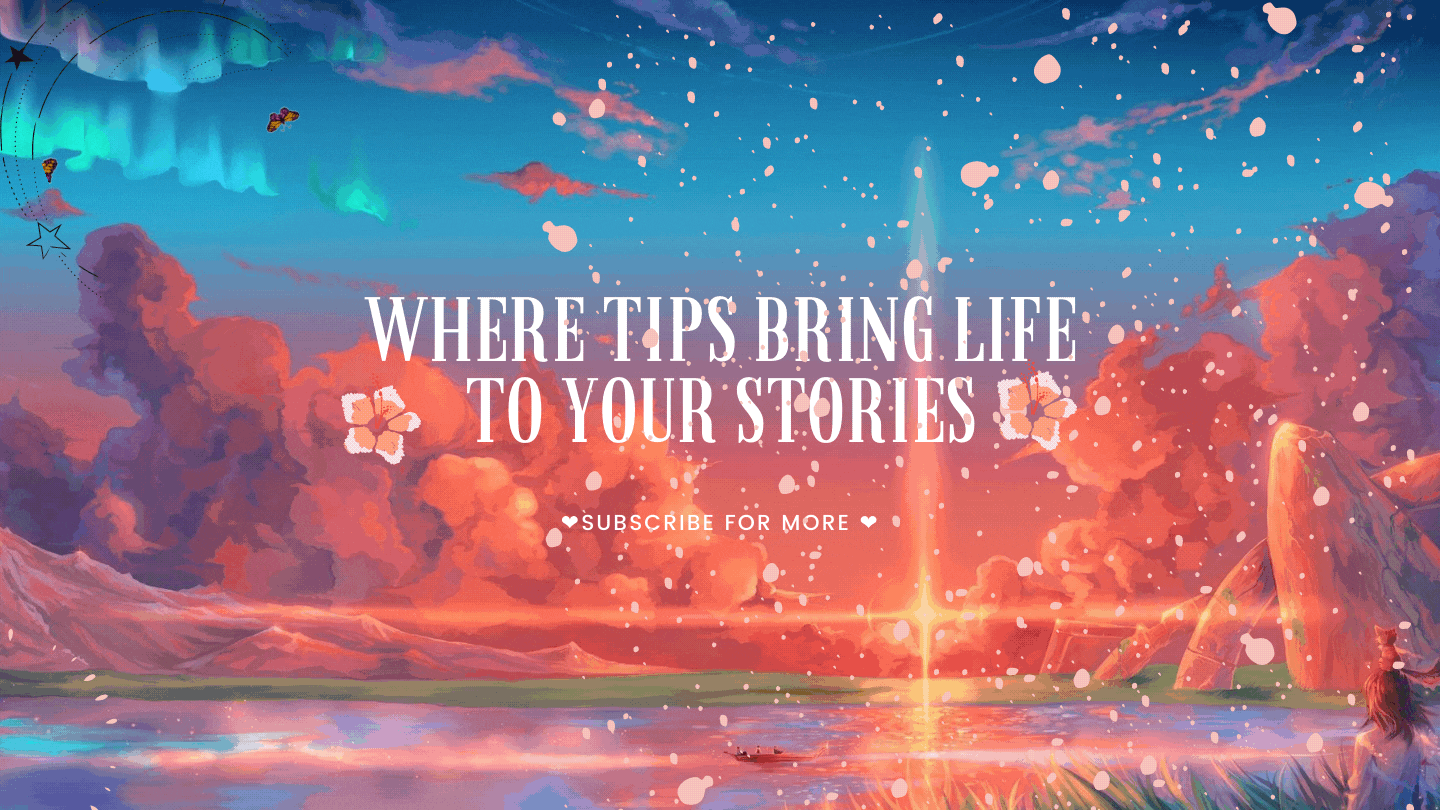When it comes to dialogue it’s basically a hit or miss to writers. A story can go from “Oh my God this is Fantastic” to “I am so confused who’s talking” Real fast.
Dialogue can be used as a way of giving a voice to your characters as well as carrying g the plot forward, or even conveying new details that you want the reader to know. We will be discussing why Dialogue is important and Reasons for using it within your story.
It Acts as a Development point for characters.
Characters can also go through extreme radical and insightful changes within dialogues. Actually, the essence of a very good dialogue is that there should be at least one of the characters within the story that should undergo a sort of shift in their mood. For example,
Prompt A
a Happy and go lucky supporting character talks about the past, as he reminisces of the times lost long ago his tone changes from cheerful and nostalgic to soft and almost painful, he stops and changes the subject with vigor continuing with his fist cheerful tone only now not without the nostalgia and a hint of hurry.
Prompt B
Or a son talking to his father after some decades of not seeing each other, breaks into a fit of anger when the father says that he has always loved him. The son screams and his voice breaks, takes a moment of silence which he continues talking with an emotionless tone.
The prompts above show a shift in the character’s moods. Example A indicates that the Just by the information you already have, the supporting character has a dark past that is extremely painful and wishes to not relive the incident, the first thing the reader things about is what happened, this fuels curiosity and makes you want to read more to find out.
Example B focuses on relationship building. From the prompt given you see that the son has built up resentment for the father and that he is constantly battling with that. When the father claimed that he loved him, the words evokes an outburst of pain and resentment but after some time he tries to conceal it by acting as natural and possible.
It Advances the Story.
One of the core concepts behind a dialogue is that it aids to the continuation of the plot, or story, the back and forth of words brings forth the new information that is conveyed to the reader to dialogue.
Prompt
A Supporting character (Adam) comes face to face with the villain (Ranger) that is trying to kill the main character, they exchange words as to why he wants to kill his friend.
“Why, why are you doing this! Caleb doesn’t deserve this, Ranger he can save us!” Adam began as he gave in to the exhaustion.
“I’m not interested in what he can do, it’s what he didn’t do,” Ranger growls.
“Allison would be ashamed of you she wouldn’t want…”
“SHE'S DEAD!” Ranger screamed his voice echoing though the dark cave “She’s dead and it’s all his fault. If he didn’t go to that god forsaken Capital then she’d be alive, she wouldn’t have followed him, my baby would still be alive,”
This concept above shows the villains motivation as to why he wants the main character dead. A perfect way to also exploit this is by hinting from the beginning of the story about the daughter of the villain but not disclosing who the father is or if she is dead. Make a path of breadcrumbs for the reader to follow and build the reveal up.
Good Dialogue can be used a s an extremely effective way to create a plot twist, in cooperate new information within the story and also mold your character from a one dimensional or two dimensional character to a full 3 dimensional character.
Join me for a part two really soon when we will continue to focus on the key importance of dialogue in this mini article series on Dialogue.
Hi!
I'm a writer who will be sharing lots (And I mean Lots of writing tips on here so if you liked this article please subscribe, I'll be writing a lot of these types of articles.
I also enjoy reading so if you have a story or an article please share the link on the comment section and I will absolutely read it. Until next time!


Wow, these tips are nice honestly. I think I can finetune my writing with this